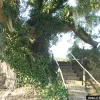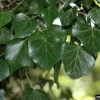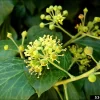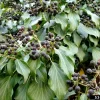X
CONTACT US
Great Lakes Center, SAMC 319
SUNY Buffalo State
1300 Elmwood Ave., Buffalo, NY 14222
wnyprism@buffalostate.edu
(716) 878.4708
SUBSCRIBE TO LISTSERV
FOLLOW US
CONTACT
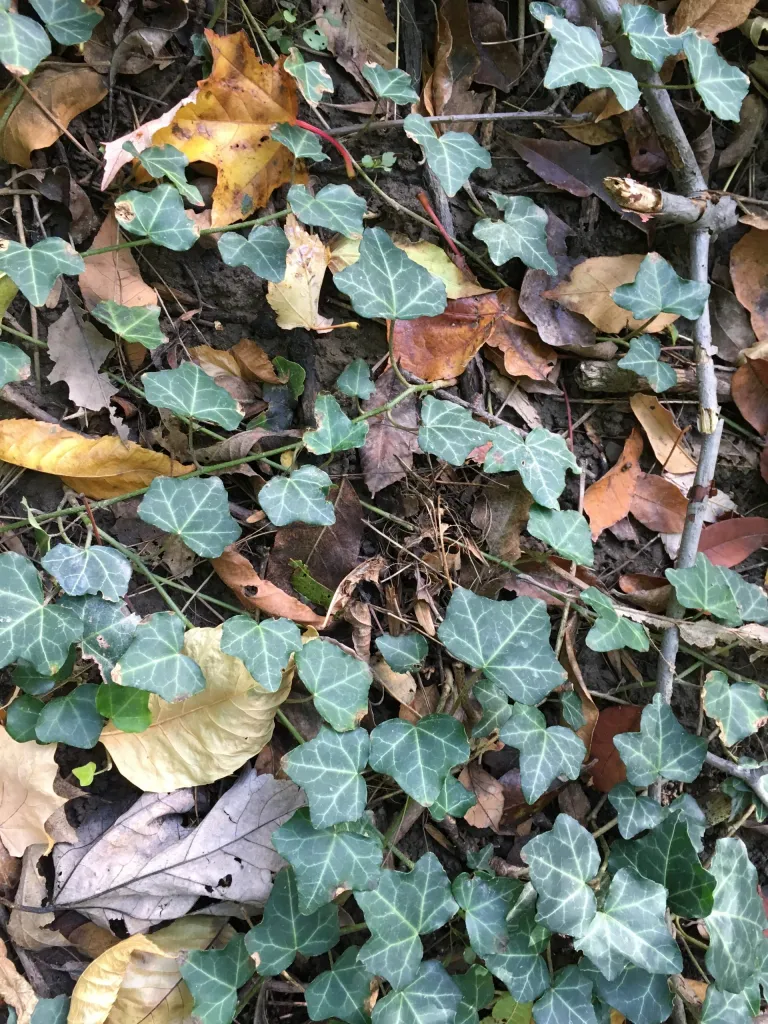
The immature leaves of English ivy have three lobes and can remain immature indefinitely. Photo credit: WNY PRISM.
English Ivy
COMMON NAME:
English ivySCIENTIFIC NAME:
Hedera helixORIGIN:
Europe, Northern Africa and Western AsiaDESCRIPTION:
English ivy is an evergreen perennial vine that can grow to reach lengths of 90 feet with proper support or form a dense, trailing mat. Immature leaves are 3-lobed, heart shaped and can remain immature indefinitely. Sunlight triggers maturity, causing leaves to lose their lobes and become rhomboid in shape. Mature plants develop small, inconspicuous flowers in the fall which produce dark blue to black fruits.HABITAT:
English ivy is drought and shade tolerant and grows in full sun. It thrives in disturbed areas, fields, woodlands, forest edges and upland areas.THREAT:
English ivy can grow to form a thick mat, completely excluding native species and increasing the risk of erosion. In its climbing form, it can increase the risk of tree falls, encourage fungus and decay on trees, and cause structural and aesthetic damage to walls and fences.MANAGEMENT:
The shallow roots of English ivy make manual removal effective when care is taken to remove all root fragments. Cuttings and vines in contact with the ground can reproduce and should be disposed of in a landfill bound trash bag. Larger infestations may also be treated with herbicide, especially in the early spring before leaves develop their waxy coating. Climbing vines may also be treated with a cut-stump herbicide application.
WNY PRISM PRIORITY:
Awaiting ranking
ADDITIONAL RESOURCES:
NYS Prohibited and Regulated Species - Part 575:
PATHWAYS OF INVASION:
English ivy is a popular landscaping plant that has escaped cultivation and is abundant in many areas of the United States. It reproduces extensively through runners and birds can disperse its seeds long distances.
REGIONAL DISTRIBUTION:
Unknown



